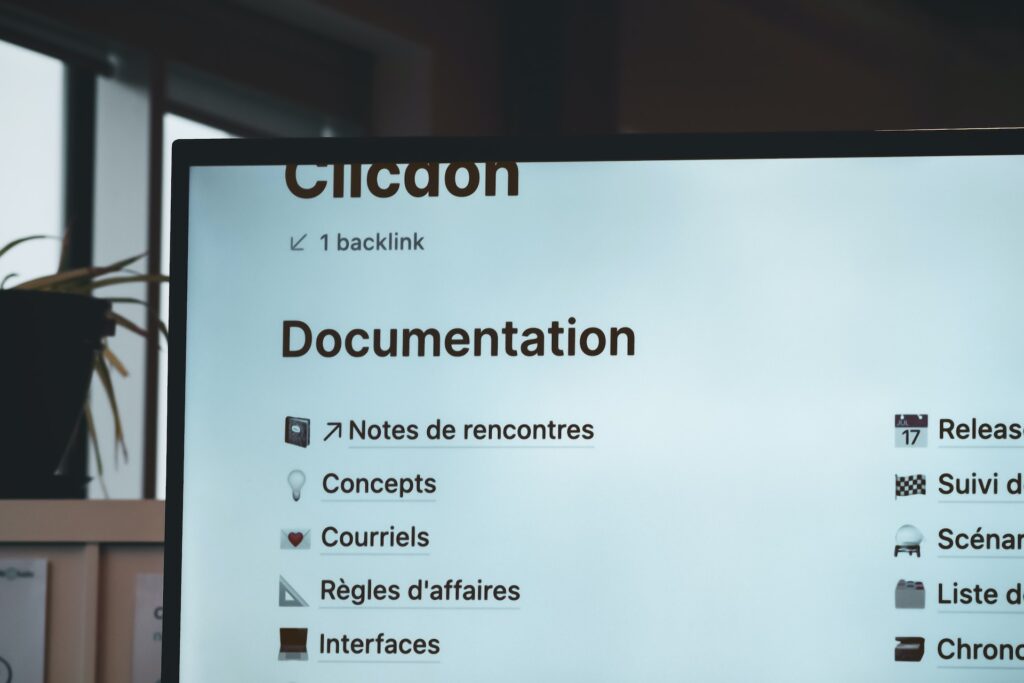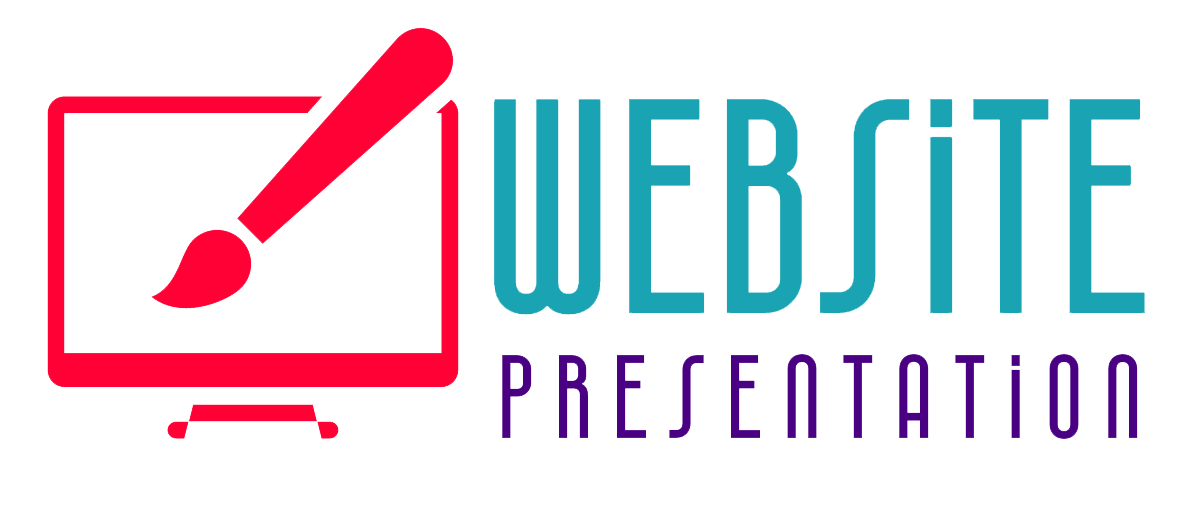When it comes to making web design proposals, dealing with client revisions is an integral part of the process. As a web designer, your ability to handle revisions professionally and efficiently can make a significant impact on the success of your projects. Here, we will discuss some best practices and strategies to help you navigate through revisions seamlessly while maintaining a positive client relationship.
1. Establish Clear Communication Channels
Effective communication is key to handling revisions successfully. From the beginning of the project, ensure that you establish clear communication channels with your clients. This can include regular status update meetings, dedicated email addresses, or project management tools. By providing a structured means of communication, you can streamline the revision process and avoid any misunderstandings.
2. Set Expectations Early
To avoid potential surprises, it is crucial to set clear expectations regarding the revision process from the start. Clearly outline the number of revisions included in your proposal and any additional fees that may apply beyond that limit. By doing so, you can manage your client’s expectations and avoid scope creep later on. Scope creep refers to the gradual expansion of project scope beyond its original boundaries, often resulting in increased time, budget, and resources.
3. Actively Listen to Client Feedback
When clients provide feedback and revision requests, it is important to actively listen and understand their perspective. Take the time to analyze their feedback and consider how it aligns with the project goals and objectives. By demonstrating that you value their input, you can foster a collaborative environment that encourages open communication.
4. Prioritize and Organize Revisions
Not all revision requests are created equal, and it is essential to prioritize and organize them based on their importance. Evaluate each revision request and determine its impact on the overall project timeline and deliverables. By categorizing revisions as high, medium, or low priority, you can focus on the most critical changes first and avoid getting overwhelmed.

5. Provide Detailed Documentation
To ensure that revisions are executed accurately, provide detailed documentation of the requested changes. This can include annotated screenshots, wireframes, or design mockups. By visualizing the revisions, you can minimize any potential misinterpretations and ensure that both you and the client are on the same page.
6. Offer Alternative Solutions
Sometimes, clients may request revisions that may not align with best practices or the project’s objectives. In such cases, it is crucial to offer alternative solutions that address their concerns while maintaining the project’s integrity. By providing professional guidance and explaining the rationale behind your suggestions, you can help clients make informed decisions.
7. Set Realistic Timelines
When dealing with revisions, it is important to set realistic timelines for both you and the client. Ensure that you allocate sufficient time for revisions without compromising the project’s overall progress. By setting clear deadlines and mutually agreed-upon timelines, you can manage client expectations and maintain a smooth workflow.
8. Conduct Regular Check-ins
Throughout the revision process, conduct regular check-ins with your clients to provide updates on the progress and discuss any concerns or questions they may have. This proactive approach demonstrates your commitment to their satisfaction and allows for timely feedback and adjustments.

9. Test and Validate
By testing and validating their designs before presenting them to clients, web designers can ensure that the proposed solutions are functional, user-friendly, and align with the client’s objectives. This involves conducting thorough usability tests, checking for compatibility across different devices and browsers, and verifying that all interactive elements work as intended. By doing so, designers can preemptively identify and address any issues or potential revisions, saving time and effort in the long run.
10. Maintain Professionalism
No matter how challenging the revision process may become, it is crucial to maintain professionalism at all times. Avoid taking criticism personally and remember that revisions are a natural part of the design process. By responding to feedback with grace and professionalism, you can build trust and strengthen your client relationships.
11. Final Sign-Off
By implementing a final sign-off process, web designers can avoid misunderstandings and minimize the need for endless revisions. It involves establishing a specific point in the design process where the client is required to provide their approval before proceeding to the next stage. This not only streamlines the revision process but also holds both parties accountable for their respective responsibilities.
12. Learn and Improve
Finally, embrace revisions as an opportunity for growth and improvement. Each revision request is a chance to refine your skills and better understand your clients’ needs. Take the time to reflect on the revision process and identify areas where you can enhance your approach, tools, or communication strategies.
The Bottom Line
In conclusion, handling revisions professionally and efficiently is essential for web designers who want to deliver exceptional results while maintaining positive client relationships. By actively listening to client feedback, conducting regular check-ins, and embracing continuous improvement, you can navigate through revisions with ease and ensure client satisfaction.







